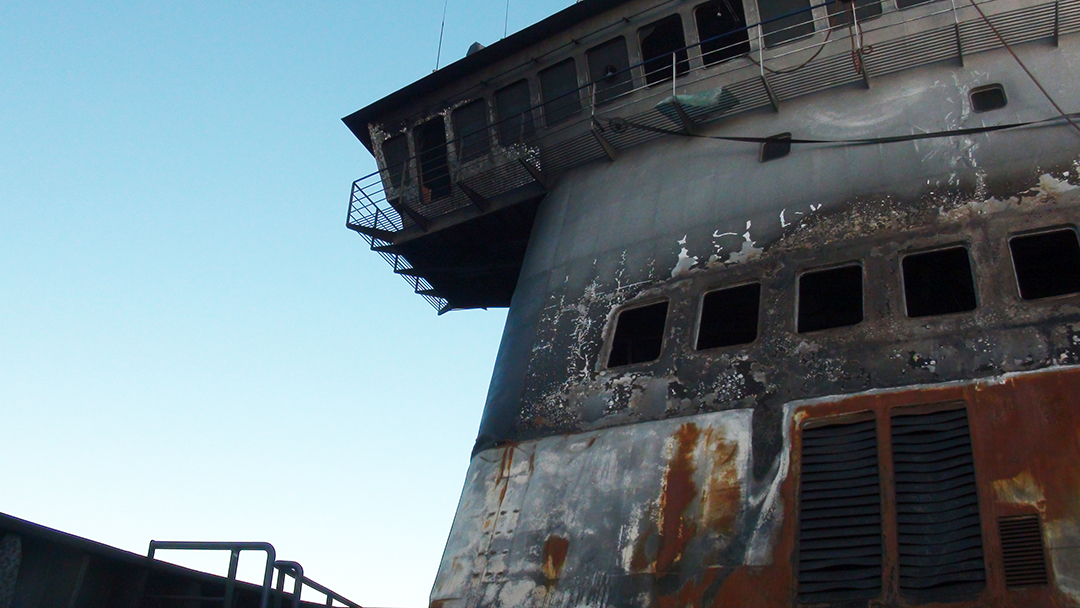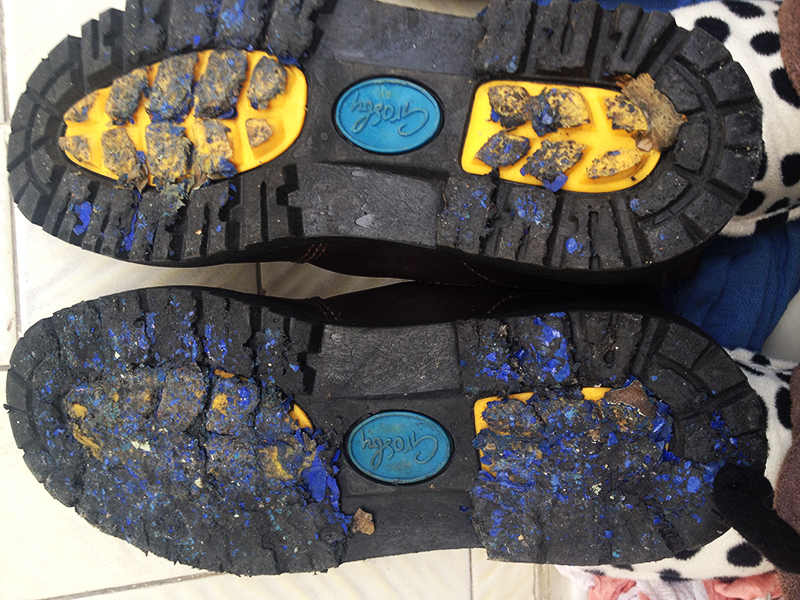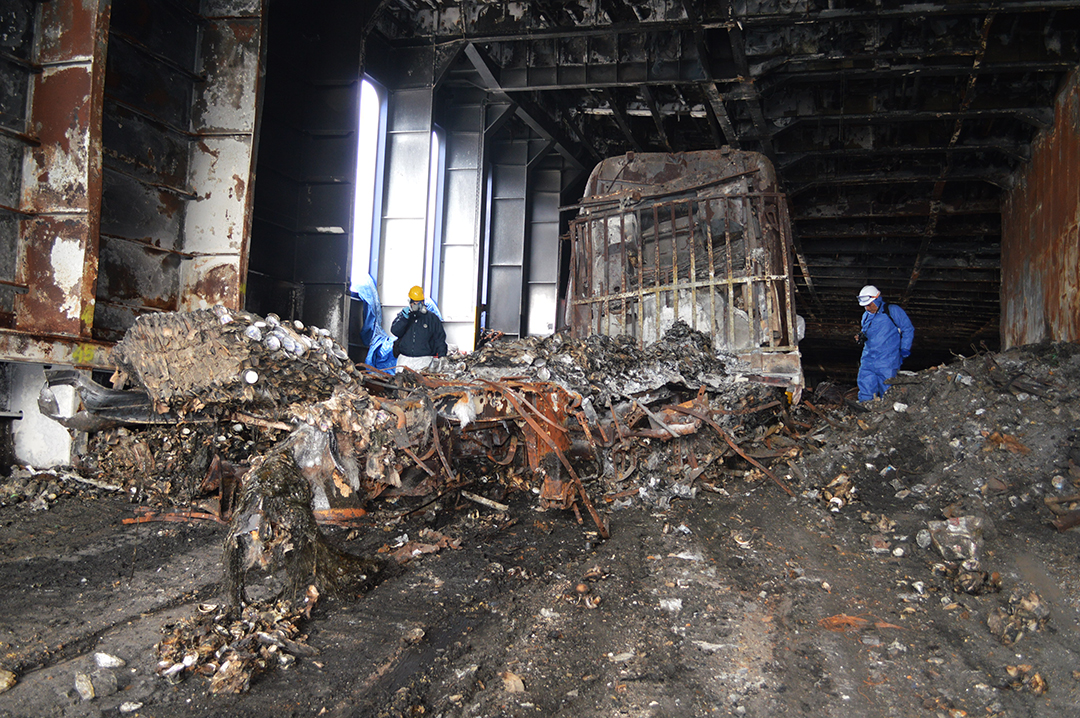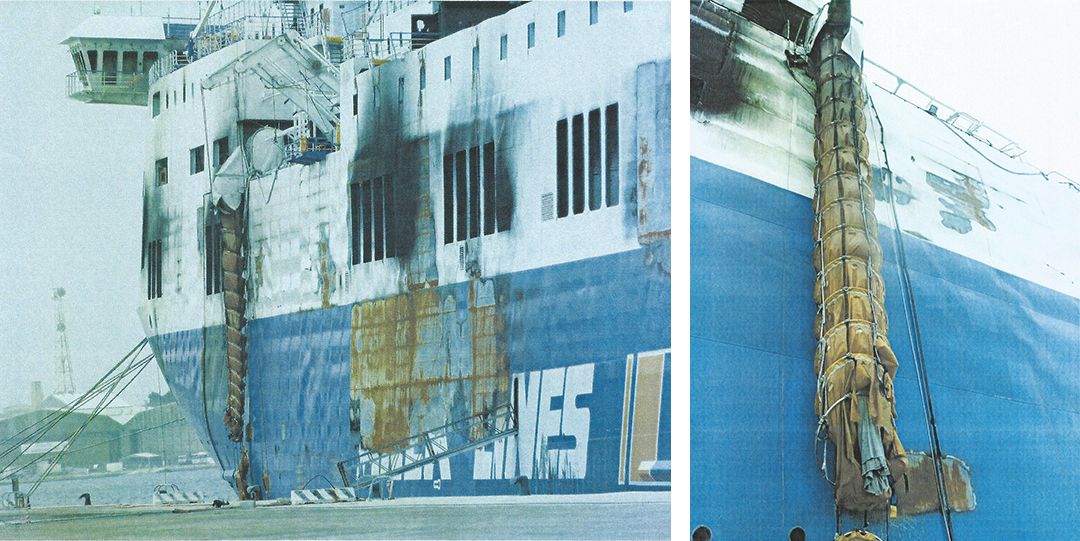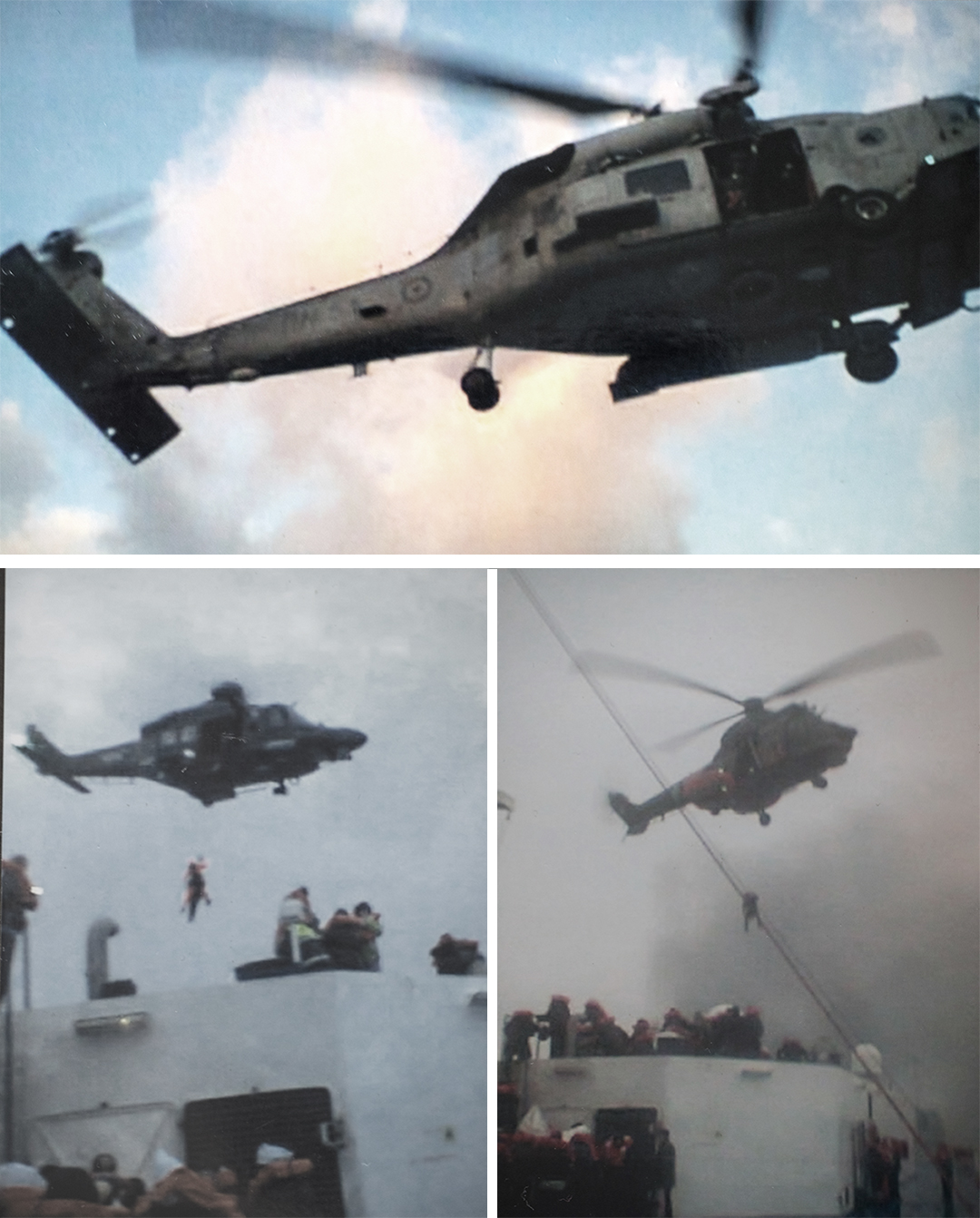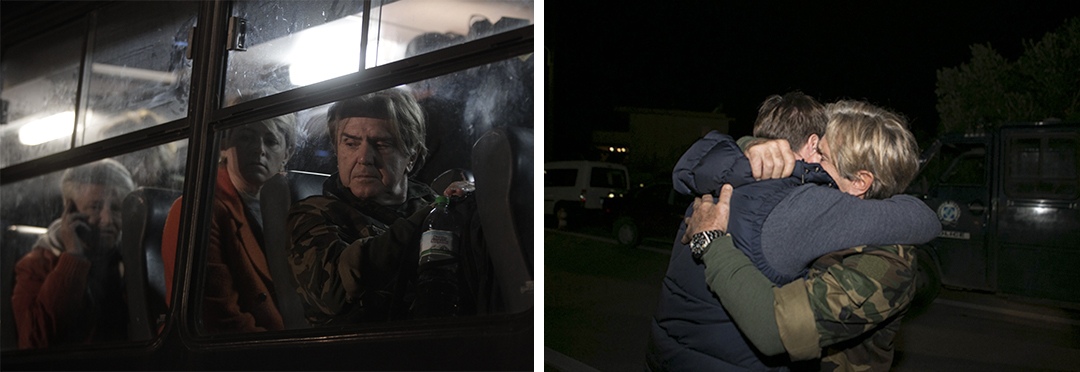‘I will never forget those flames’
Two years after the maritime tragedy of the Norman Atlantic, survivors are still struggling with painful memories.
SPECIAL REPORT 29.12.2016 • REPORTING: YIANNIS PAPADOPOULOS • VIDEO: ENRI CANAJ • VIDEO EDITING: GOGO BEBELOU
Christina Samara-Pappa has moments when she can't recognize herself. She freaks out whenever she boards a boat or catches even the slightest whiff of smoke or petrol. She gets nervous when she's driving and is constantly worried when her children are traveling. “I'm not the person I used to be because I stared death in the face,” she says.

In the early hours of December 28, 2014, Samara was on the Norman Atlantic passenger ferry sailing from the western Greek port of Patra to Ancona in Italy. She often took Adriatic trips during the holidays, but this time, as the ship sailed through the Strait of Otranto before daybreak, she woke to the sound of shouting and the sight of her fellow passengers running around the corridors, pulling their young children along, sobbing. She smelled smoke and burning plastic.
“I saw flames all around me. I will never forget those flames,” she says.
The fire that broke out on the Norman Atlantic led to a frantic rescue effort that lasted some 36 hours and resulted in 11 confirmed dead and 18 missing. Some victims died in the flames, trapped on the car deck, others were lost at sea. Several bodies were only possible to identify using DNA analysis.
